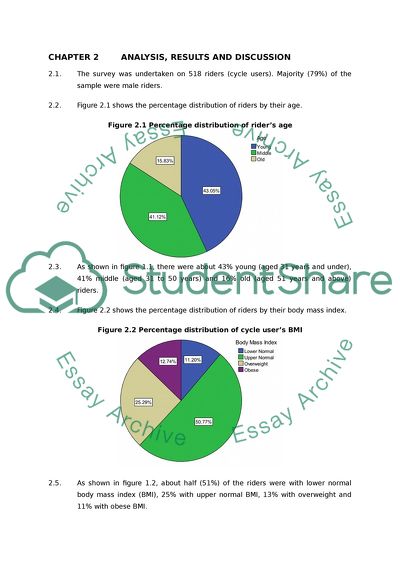Cite this document
(Effect of Age, Sex and BMI on Cycle Users Speed and Acceleration Assignment, n.d.)
Effect of Age, Sex and BMI on Cycle Users Speed and Acceleration Assignment. Retrieved from https://studentshare.org/social-science/1745932-statistics-assignment-using-spss
Effect of Age, Sex and BMI on Cycle Users Speed and Acceleration Assignment. Retrieved from https://studentshare.org/social-science/1745932-statistics-assignment-using-spss
(Effect of Age, Sex and BMI on Cycle Users Speed and Acceleration Assignment)
Effect of Age, Sex and BMI on Cycle Users Speed and Acceleration Assignment. https://studentshare.org/social-science/1745932-statistics-assignment-using-spss.
Effect of Age, Sex and BMI on Cycle Users Speed and Acceleration Assignment. https://studentshare.org/social-science/1745932-statistics-assignment-using-spss.
“Effect of Age, Sex and BMI on Cycle Users Speed and Acceleration Assignment”, n.d. https://studentshare.org/social-science/1745932-statistics-assignment-using-spss.


